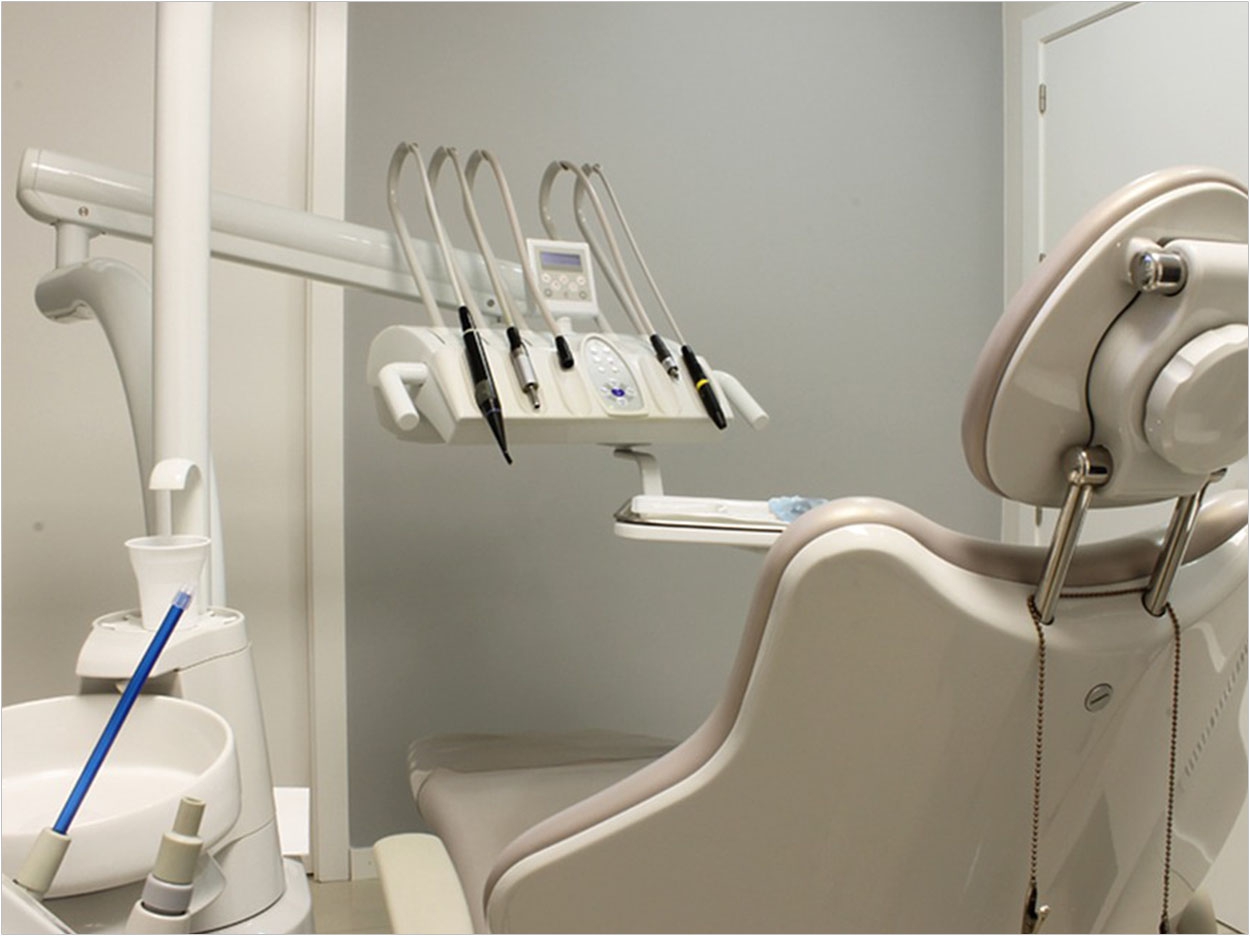
In its latest recommendations, the World Health Organization (WHO) advises that routine non-essential oral healthcare such as checkups, cleanings, preventive care, and aesthetics should be delayed until there has been sufficient reduction in COVID-19 transmission rates from community transmission to cluster cases or according to official recommendations at the national, sub-national, or local level.
However, WHO said, urgent or emergency oral healthcare interventions that are vital for preserving oral function, managing severe pain, or securing quality of life should be provided. This care may include interventions that address acute oral infections, swelling, systemic infection, significant or prolonged bleeding, severe pain not controllable with analgesia, interventions that are medically required for other urgent procedures, and trauma.
Oral health professionals who are in doubt about treatment should refer patients to specialist facilities, WHO said. Also, timely management of urgent or emergency oral healthcare interventions help patients avoid seeking treatment at hospital emergency departments, ensuring they remain available to individuals seeking COVID-19 related care, WHO said.
When patients do require treatment, WHO said, they should be screened before their appointments by virtual or remote technology or by phone when possible to determine whether they require treatment and if they have symptoms suggested of COVID-19 infection. Otherwise, triage should be completed upon arrival at the facility.
Remote assessment should include the “3As,” which include advise, analgesics, and antibiotics, where appropriate. Patients who require treatment but who also have or may have COVID-19 should be referred to specialized oral healthcare services with appropriate measures in place to separate them from other patients. Home visits for patients requiring emergency or urgent treatment are possible as well, if strict infection control measures are implemented.
On-site triages should maintain physical distancing of at least one meter. Glass or plastic barriers between patients and staff should be implemented. Staff should continuously wear masks throughout their shift, and patients should wear masks throughout their visit. Staff should change their masks after caring for patients who require droplets or contact precautions for other reasons.
The WHO recommends the use of face shields instead of non-medical masks or cloth masks when there are severe medical mask shortages. Staff also should perform hand hygiene according to WHO’s “5 Moments” recommendations, preferably with an alcohol-based hand rub if hands aren’t visibly dirty and soap and water when they are visibly dirty. Patients should be advised to practice hand hygiene upon arrival and during their visit as well.
Furthermore, WHO recommends, appointments should be scheduled to reduce the number of patients in the waiting room so they can maintain physical distance of at least one meter between each other. Patients should be unaccompanied unless they require assistance. Those who do accompany patients should provide contact details.
Additional guidelines include:
- Signage instructing visitors about hand and cough hygiene
- Adequate ventilation and filtration systems
- Clutter in the treatment area
- Personal protective equipment (PPE) use
- Patient use of mouth rinses before beginning treatment
- Avoiding or minimizing aerosol-generating procedures
- Prioritization of minimally invasive procedures that use hand instruments
- Recommended approaches to treatment
- Avoiding the use of the spittoon
- Avoiding recall visits by prioritizing single-visit procedures
- Cleaning and disinfection between patients
Meanwhile, the ADA said in a statement that it “respectfully yet strongly disagrees” with WHO’s recommendations to delay “routine” dental care in some circumstances due to the pandemic.
“Oral health is integral to overall health. Dentistry is essential healthcare,” said ADA president Chad P. Gehani, DDS, “Dentistry is essential healthcare because of its role in evaluating, diagnosing, preventing, or treating oral diseases, which can affect systemic health.”
When COVID-19 cases began to rise in the United States in March, the ADA called upon dentists to postpone all but urgent and emergency care in order to understand the disease and consider its effect on dental patients, dental professionals, and the greater community.
The ADA and the US Centers for Disease Control and Prevention then issued interim guidance for dental professionals related to COVID-19. The ADA said that its guidance calls for the highest level of PPE available, including masks, goggles, and face shields.
Also, the ADA recommends the use of rubber dams and high-velocity suction whenever possible and hand scaling when cleaning teeth rather than using ultrasonic scaling to minimize aerosols.
“Millions of patients have safely visited their dentists in the past few months for the full range of dental services,” Gehani said. “With appropriate PPE, dental care should continue to be delivered during global pandemics or other disaster situations.”
Related Articles
CDC Updates Its COVID-19 Guidelines for Dental Settings
COVID-19 Patients With Periodontitis Face Greater Risk of Dying
New York Looks for PPE Refunds from Dental Providers












